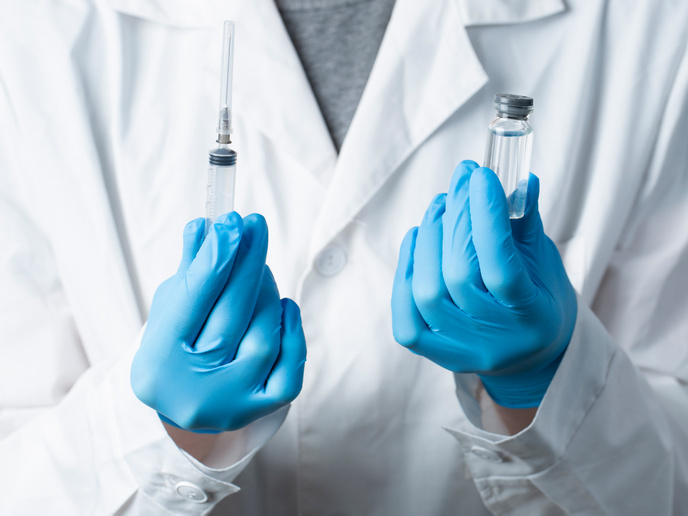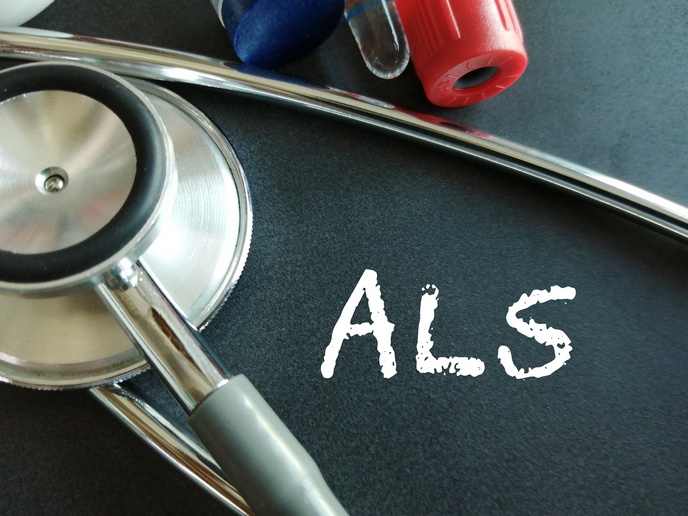Counterfeit drugs detection device
The CONPHIRMER (Counterfeit pharmaceuticals interception using radiofrequency methods in realtime) project used quadrupole resonance (QR) spectroscopy to build the prototype. QR technology utilises radio frequency (RF) to excite and detect specific atoms, such as the active pharmaceutical ingredients (APIs) present in genuine drugs. Researchers developed a database of frequently counterfeited medicines such as sildenafil and orlistat along with their QR fingerprints based on APIs. For testing purposes and QR development, paracetamol was chosen due to its wide availability in different formulations and packaging as well as low cost. Correlating QR responses to a particular drug requires a comprehensive characterisation of the QR responses of different APIs. Researchers compared the QR responses of several medicines with different APIs using multiple RF pulse sequences. These were monitored in a time-specific manner and their frequency response as well as intensity were determined. CONPHIRMER researchers developed better second-generation detection and classification algorithms based on first-generation techniques. The computational capacity and interference cancellation of current algorithms were also optimised, as were noise reduction and signal processing capabilities for testing experimental data. Project partners successfully demonstrated a laboratory-based proof of concept for each aspect of the QR-based medicine authentication system. To reduce the device's complexity, size and weight, scientists worked on reducing RF excitation power for QR tests. The final portable, battery-powered device prototype features a handheld antenna to capture QR signals from medicines. The main part of the device contains the RF spectrometer, RF power amplifier and computer control. The CONPHIRMER consortium's device is particularly well suited to examining postal packages as it is a non-invasive, non-destructive technology. Further, it is available in a portable form that can be easily introduced into postal sorting facilities. This will enable customs and other law enforcement agents to quickly and reliably differentiate between genuine and fake medicines. The growing menace of fake drugs trafficking can now be effectively contained, thereby protecting the health and well-being of EU citizens.







